Peace Lily: The Elegant Toxin Fighter
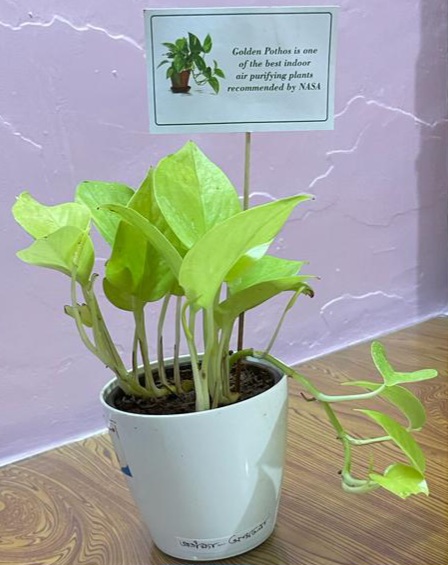
Peace lilies are more than just beautiful—they’re proven air-purifiers. NASA’s famous Clean Air Study highlighted the peace lily as one of the best plants for removing indoor toxins like formaldehyde, benzene, and trichloroethylene. This plant blooms with striking white flowers and glossy leaves, making it a decorative favorite. Peace lilies are especially good for people who want a low-maintenance plant, as they can thrive in low light and only need watering once a week. Studies from 2023 reaffirm that peace lilies can reduce airborne mold spores, benefiting people with allergies. The plant’s lush appearance also adds a calming vibe to any space. Since it prefers shade, it’s perfect for offices, bedrooms, or anywhere sunlight is limited.
Snake Plant: The Indestructible Oxygen Booster
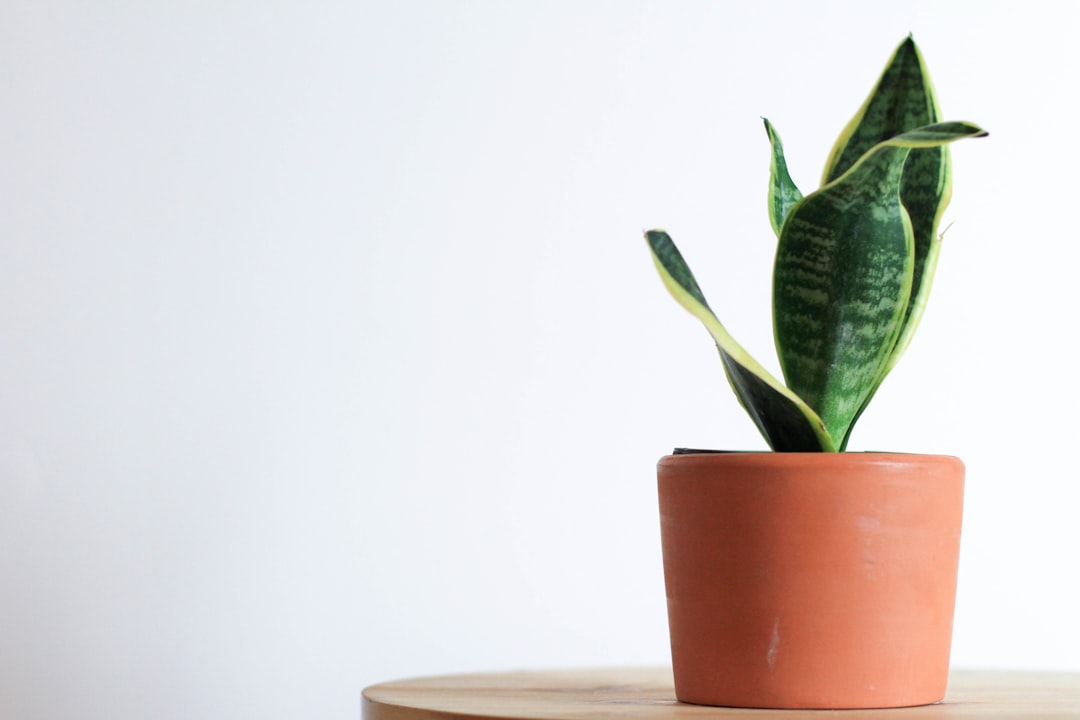
Snake plants, also called mother-in-law’s tongue, are famous for their upright, sword-like leaves and extraordinary ability to produce oxygen—even at night. According to recent research, snake plants can remove toxins such as xylene, toluene, and formaldehyde from the air, making them an excellent choice for improving indoor air quality. They are nearly impossible to kill, requiring only occasional watering and tolerating a range of lighting conditions. The variegated patterns on their leaves create a bold, modern look. Snake plants are also recommended by the American Lung Association for people with asthma or allergies, as they help reduce airborne allergens. Whether placed in a living room or bathroom, they’re both stylish and practical.
Spider Plant: The Child-Safe Air Hero

Spider plants have earned a reputation for being safe for children and pets, making them a popular choice for families. Their long, arching leaves and cascading baby “spiderettes” make them look lively and playful. According to studies published in 2024, spider plants can reduce carbon monoxide and nitrogen dioxide levels indoors, helping to minimize the risk of respiratory problems. They grow rapidly and can thrive in indirect sunlight, so even beginners find them easy to care for. Researchers have shown that spider plants can absorb up to 90% of toxins in their immediate environment. Their cheerful green-and-white foliage brightens up kitchens, offices, or classrooms.
Boston Fern: The Humidity Lover
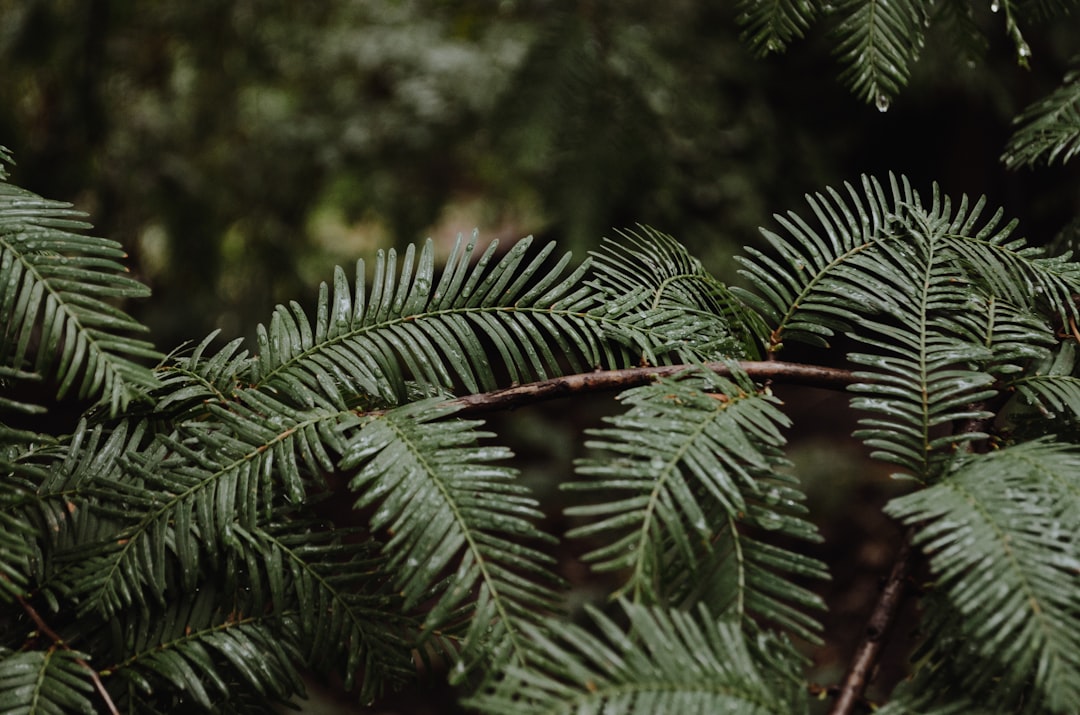
Boston ferns have lush, feathery fronds that bring a touch of the tropics to any home. They’re also natural humidifiers, releasing moisture into the air while absorbing toxins like formaldehyde and xylene. Research from the Journal of Environmental Horticulture notes that Boston ferns can improve air quality in dry climates or air-conditioned spaces. They thrive in indirect light and need regular misting, making them ideal for bathrooms or shaded patios. Boston ferns are especially helpful for people with dry skin or respiratory issues, as they increase humidity levels. The plant’s bushy appearance adds volume and texture to interior spaces.
Rubber Plant: The Shiny Showstopper
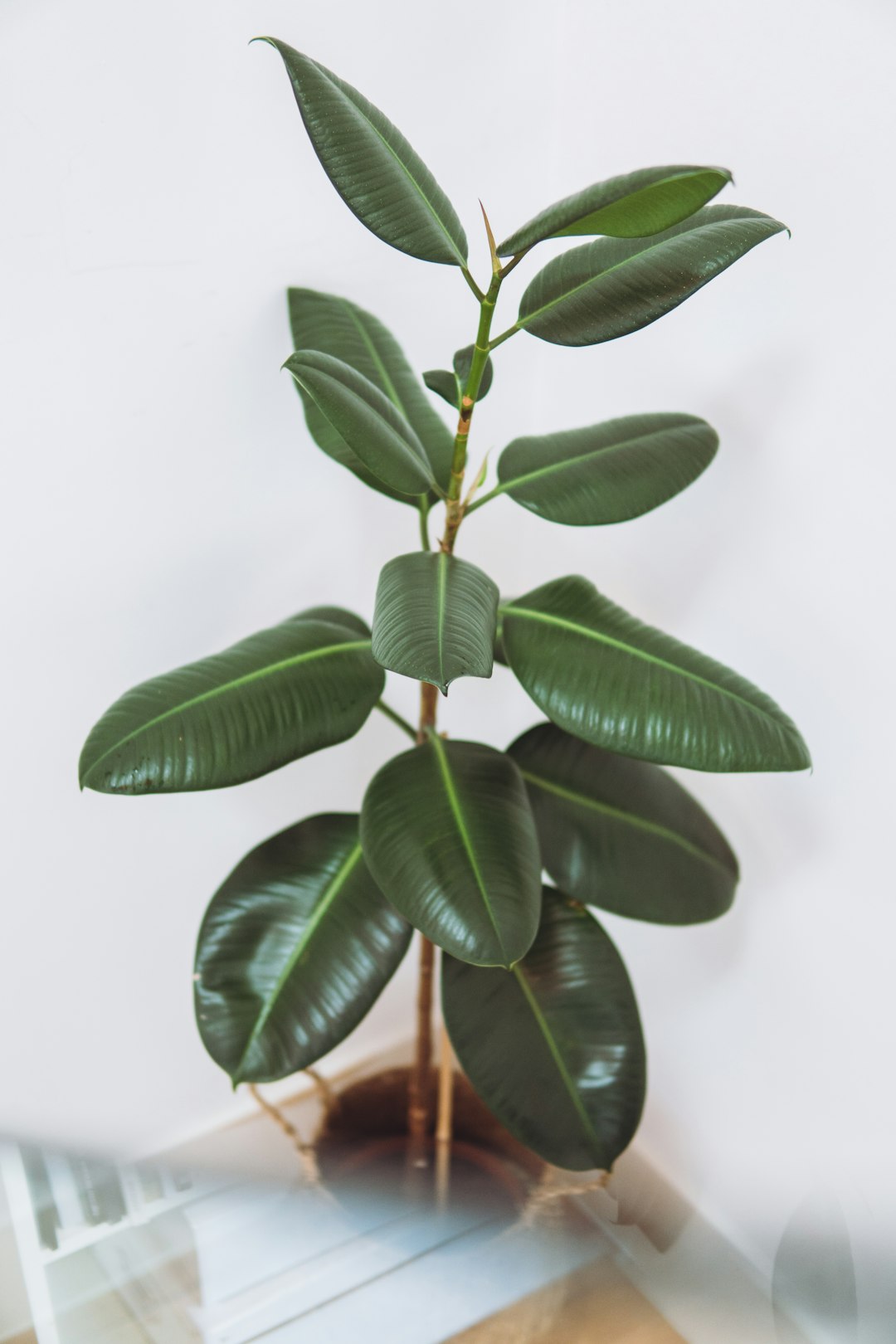
Rubber plants, with their large, glossy leaves, are not only statement pieces—they’re also effective air-cleaners. Recent findings show that rubber plants can remove airborne toxins like formaldehyde, a common indoor pollutant from furniture and cleaning products. Their thick, waxy leaves trap dust and allergens, helping keep your home cleaner. They prefer bright, indirect light and moderate watering, making them relatively easy to maintain. Rubber plants can grow quite tall, providing a dramatic, sculptural look in living rooms or entryways. In 2024, designers named rubber plants among the top trending indoor plants for their aesthetic appeal and air-purifying qualities.
Aloe Vera: The Healing Green Machine
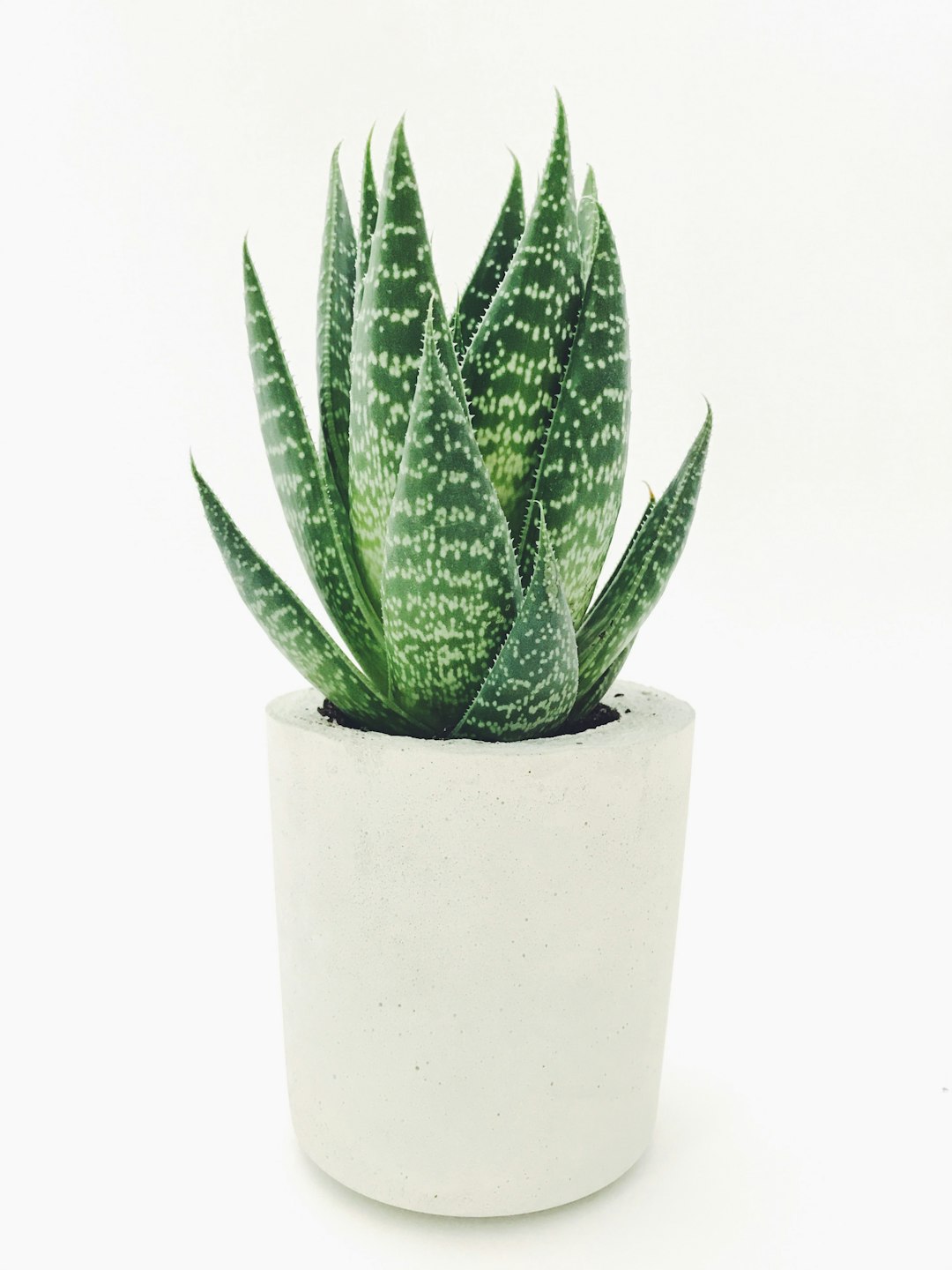
Aloe vera is best known for its soothing gel, but it’s also a powerful air-purifier. The plant absorbs harmful chemicals like formaldehyde and benzene, both commonly found in household cleaners and paints. Aloe vera’s thick, spiky leaves are visually striking, and its low-maintenance nature makes it a favorite for busy people. According to studies from 2024, aloe vera can increase indoor oxygen levels at night, making it ideal for bedrooms. The plant also acts as a natural indicator—brown spots on its leaves signal poor air quality. With its medicinal uses and sculptural look, aloe vera is a smart, stylish choice.
Pothos: The Versatile Trailblazer
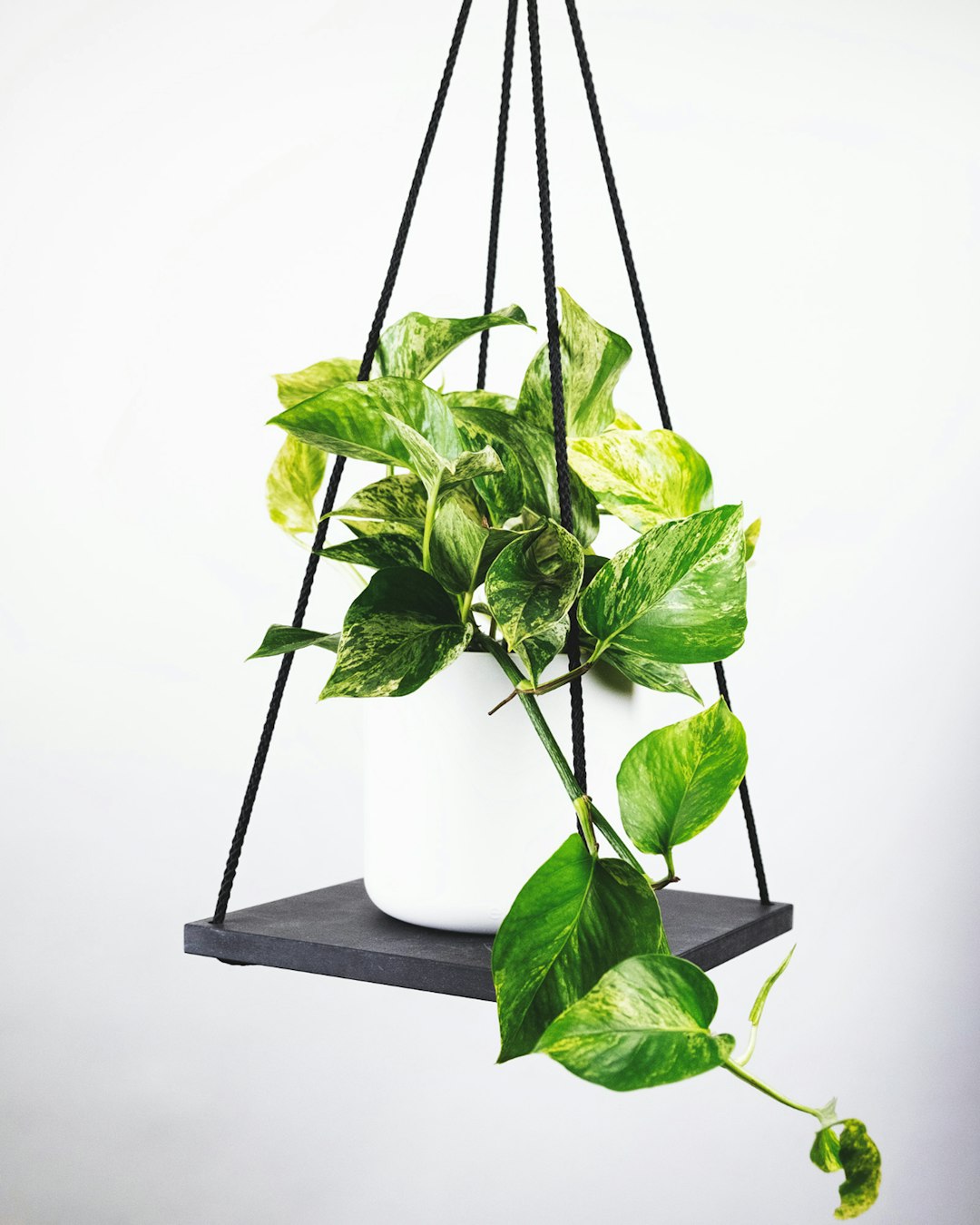
Pothos, sometimes called devil’s ivy, is renowned for its trailing vines and heart-shaped leaves. According to NASA’s Clean Air Study and recent research, pothos is effective at removing formaldehyde, benzene, and carbon monoxide from indoor air. It’s nearly impossible to kill, thriving in low light and requiring infrequent watering. Pothos can be grown in hanging baskets, on shelves, or even trained up a trellis, giving you plenty of decorating options. 2025 horticultural trends highlight pothos as a top choice for apartments and small spaces. Its vibrant green leaves make any room feel more alive and inviting.
Bamboo Palm: The Tropical Filter

Bamboo palms are excellent natural air-filters, according to recent data from indoor air quality studies. They efficiently remove formaldehyde, benzene, and trichloroethylene, all of which are common in office environments and homes. With their graceful, arching fronds, bamboo palms bring a tropical vibe indoors. They prefer indirect light and regular watering, but they’re fairly hardy once established. The plant’s size—often reaching 4 to 12 feet—makes it an impressive focal point in larger spaces. In 2024, environmental health experts recommended bamboo palms for offices due to their ability to boost both oxygen levels and mood.
ZZ Plant: The Modern Minimalist’s Dream
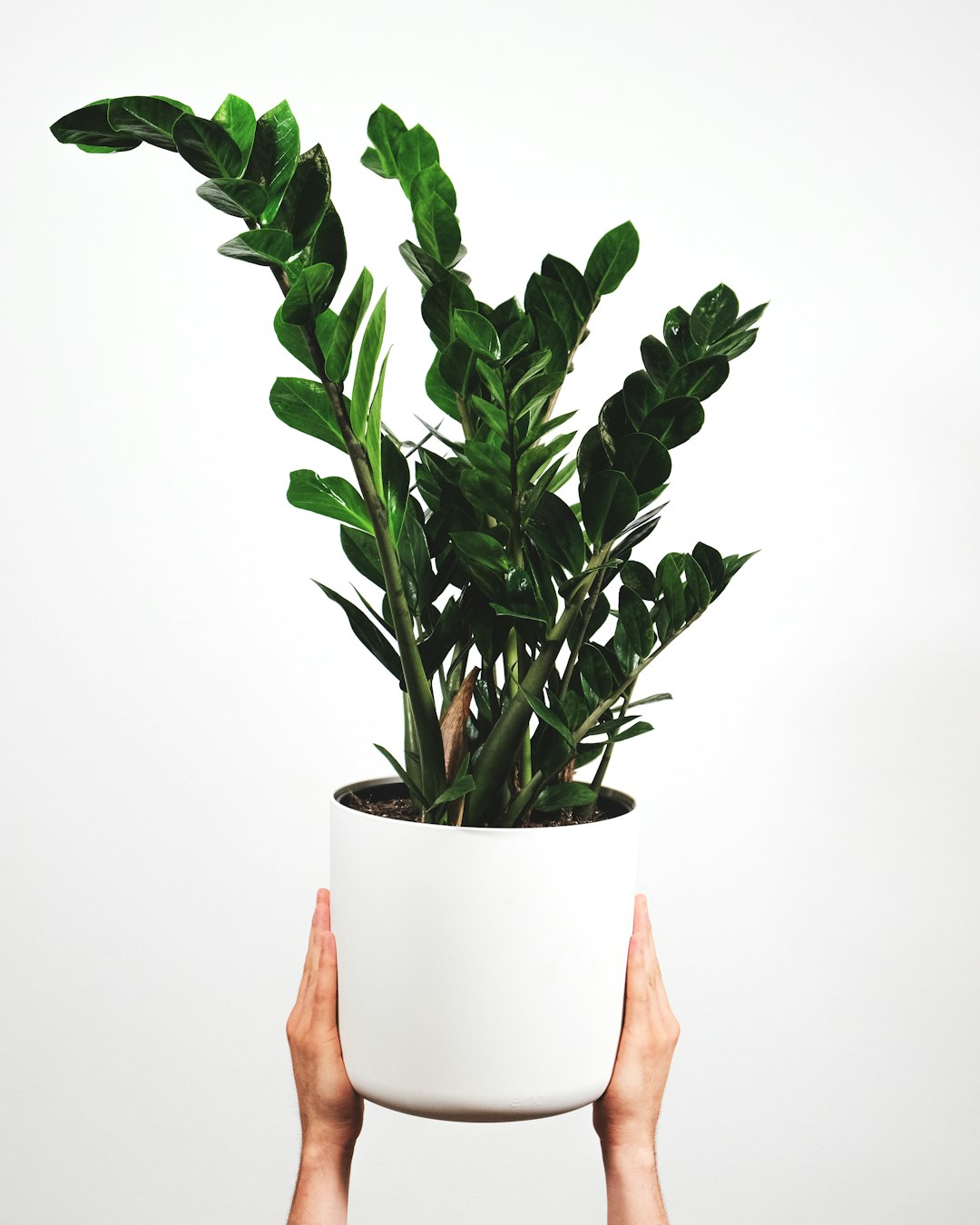
The ZZ plant is a favorite among fans of sleek, minimalist decor. Its thick, waxy, dark green leaves not only look sophisticated but also act as powerful air-purifiers. Recent laboratory tests show that ZZ plants can filter out toxins such as xylene, toluene, and benzene. They tolerate low light, infrequent watering, and temperature fluctuations, making them almost indestructible. ZZ plants are a popular choice for offices and bedrooms where other plants might struggle to survive. Biophilic design experts point out that the ZZ plant’s upright, geometric shape pairs perfectly with modern interiors.
Areca Palm: The Lush Air Refresher
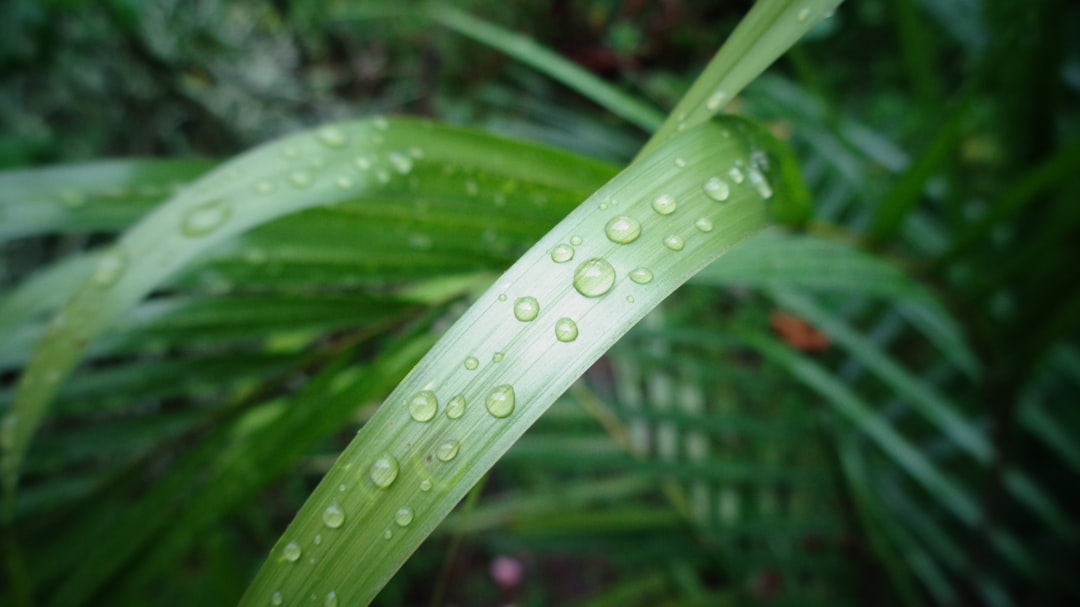
Areca palms are beloved for their feathery, arching fronds and bright green color. They’re also proven to be highly effective at removing indoor air pollutants, according to the latest 2024 air quality research. Areca palms are natural humidifiers, releasing moisture while filtering out toxins like formaldehyde and toluene. They require bright, indirect light and regular watering, but their dramatic appearance is worth the effort. Areca palms can grow up to 7 feet tall, making them ideal for filling empty corners or creating privacy screens. In wellness-focused home designs, areca palms are often recommended for their health benefits and striking beauty.

Anna Lena Kuhn is a thoughtful and imaginative writer with a passion for storytelling across the themes of travel, environmental sustainability, and contemporary home aesthetics. With a background in cultural media and a strong visual sensibility, Anna Lena creates content that bridges inspiration with practical insight.
Her work explores the interplay between place, lifestyle, and design—guiding readers through meaningful travel experiences, eco-conscious choices, and modern approaches to living well. Known for her elegant writing style and attention to detail, she brings a fresh, human-centered perspective to every topic she covers.
Anna Lena contributes to digital publications and editorial projects where aesthetics meet purpose. Her writing not only informs but also encourages readers to live more intentionally, sustainably, and beautifully—wherever they are in the world.
